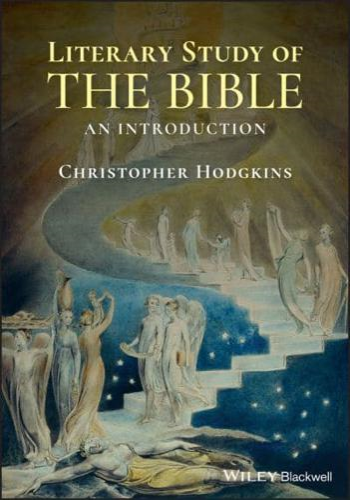The most comprehensive and accessible introduction to scriptural art yet written
Literary Study of the Bible: An Introduction approaches each book of the Bible (including several of the apocrypha) with non-sectarian literary questions, exploring the meanings that the Bible reveals when we read it like a poem, narrative, or play. As a unique hybrid of introductory guide, essential handbook, historical survey, and absorbing commentary, this book fills a gap in literary Bible study with its fresh perspectives on the biblical writers' many arts. Readers will engage in wide range of textual approaches and interpretive traditions through this broadly informed, accessibly written text.
Dr. Christopher Hodgkins has taught Literary Study of the Bible for 25 years, over which time he has field-tested the many lenses-of genre, image, language, characterization, plot, and craft-used throughout this book. Tracing the sources, composition, and influences of the Biblical text, this book places the Bible in a tradition of ancient near eastern, Hebrew, and Hellenistic literary art, giving new depth to the way we understand the familiar stories of scripture. Unlike other literary introductions to the Bible, this book uniquely combines these elements:
- Approaches the Bible as a richly collaborative and coherent work of literary art, exploring how earlier books influence the creation and interpretation of later ones
- Provides illuminating commentary supplemented by explanatory textboxes, maps, illustrations, and study questions to enhance interest and expand learning
- Introduces poetic and narrative devices like doubling, juxtaposition, and irony within the context of scriptural art and editorial design
- Gives extensive attention to each biblical book, resulting in the most comprehensive introduction to literary Bible study to date
- Presents these materials through an accessible and lively text permeated with references to both high and popular culture
Literary Study of the Bible will be a welcome addition to personal, school, college, and congregational libraries, as well as an excellent text for students of the Bible in both secular and faith-based settings.







